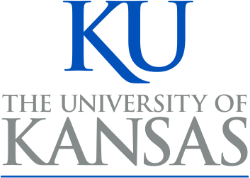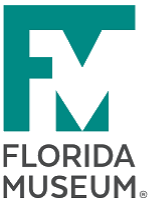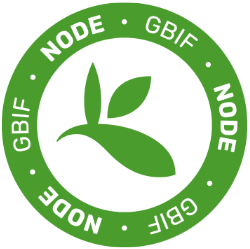Title: Tissues, Containers, and Object Tracking in Arctos
Date: Tuesday, April 10, 2018
Time: 3pm ET
Presenter/s: Mariel Campbell (Collection Manager, Museum of Southwestern Biology at the University of New Mexico) and Kyndall Hildebrandt (Collection Manager, Museum of the North, University of Alaska, Fairbanks)
Abstract:
Arctos is both a community and a collection management information system. It provides fundamental research infrastructure for biodiversity data and is intended for curators, collection managers, investigators, educators, and anyone interested in natural and cultural history. Over 3 million records are publicly available from 20+ collaborating institutions.
Arctos manages over 2 million physical objects using a sophisticated object tracking system. Both barcoded and non-barcoded objects are trackable through use of labels. Labels can be attached to any object or container as a means of linking the container environment to the specimen record. Arctos creates a hierarchical map of an object’s physical location from the building down to the position in a tray, shelf, or freezer box, to the actual collection object or specimen part, making it easy to pinpoint the exact location. To prevent duplicates, the object tracking feature can accept 1D or 2D barcodes or any string of unique characters that are machine readable. Each barcoded or labeled part is linked to and trackable from the specimen record in the museum collections database. When a part is moved and scanned into a new location, the specimen record is automatically updated. Arctos object tracking also provides logging of container history and environment. Barcodes can be assigned in the field and applied to data sheets to track samples from the point of collection through accession, curation, and loans. This webinar will provide information how to use and get the most out of the object tracking system in Arctos.







